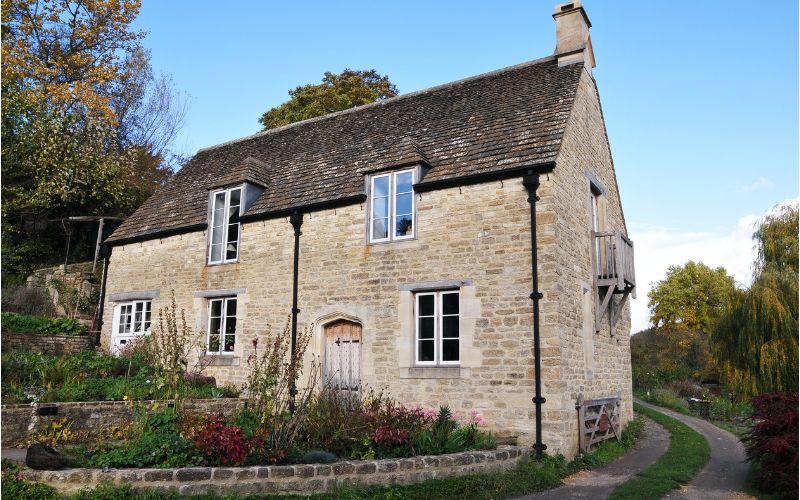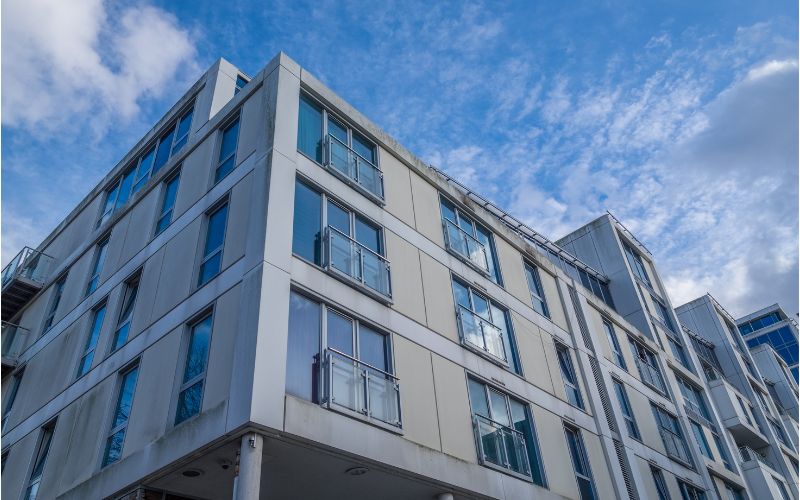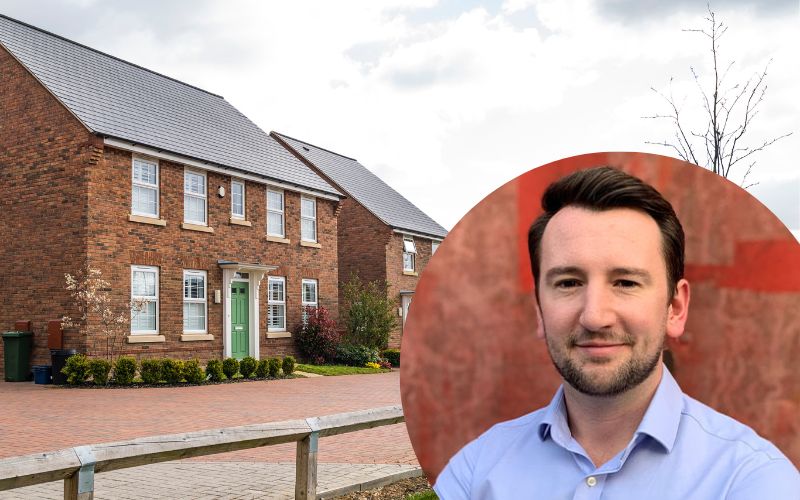We have collated our top considerations any purchaser should consider when making that big step of a property transaction.
The Roof
Consider the roof type and construction. Is the roof pitched or flat? If the roof is flat, you should raise enquiries as to when the roof was last re-covered. If possible and safe, you should try and inspect the roof surface to see its condition.
If the roof is pitched, consider if there any signs of deflection, sagging or movement in the roof, any missing or slipped tiles? It would also be worth checking if the roof is insulated. Insulation in the roof can drastically increase the energy performance of the property and will consequentially save you money!
Damp
Are there any signs of damp within the property? Your human senses and logical thinking are the best tools for locating damp. Check all the external walls for any visual signs of damp staining. Remember to inspect around all openings in the external walls including, windows and doors. Then look for any obvious areas where water could enter the property i.e. missing roof tiles, poor condition brickwork etc.
It is common for damp to be located at ground floor level. It is always worth checking for visual signs of the damp proof course. Do bear in mind, damp proof courses are not always visible!
Finally, use your nose to smell for damp! If you can smell damp chances are there is damp. Remember, damp in properties can occur in several different ways. Condensation is a typical defect which is often forgotten and is a common cause of damp in many properties. Poor ventilation and a lack of heating within a room will often lead to condensation occurring and consequential mould growth.
Structural movement
This is one of the most important factors when purchasing a property. Subsidence, settlement, component failure, heave and creep are all types of movement within the structure. As a potential buyer you should greatly consider the above items because their repair is usually very costly. When looking round the property look for signs of cracking internally and externally, look for symmetry within the structure or any non-straight or leaning walls, this will give an indication of movement. Furthermore, open, and close windows and doors throughout the property. If these items stick or do not bind correctly this could suggest movement within the structure.
Japanese Knotweed
The notorious knotweed! Difficult to spot and even more difficult to remove! Knotweed is an invasive plant species and is known for causing damage to buildings, drainage, paths, boundary walls and fences. Identifying Japanese Knotweed requires extensive knowledge of the plant and understanding how the plant will appear throughout different seasons of the year. In Summer, the leaves are shaped like a shovel or heart, the plant may have small clusters of white/cream flowers and the plant stems grow in a zig-zag fashion. The removal of Japanese Knotweed is extensive and serious consideration should be taken prior to purchasing a property containing knotweed.
Asbestos
Everyone has heard of asbestos but where do you find it? Asbestos was widely used in construction up to as late as 1999 when all asbestos types were finally banned. Therefore, it you are looking to purchase a property which was build prior to 2000 it is likely to will contain asbestos. Asbestos can be found in several areas throughout the property here are just a few examples; asbestos cement water tank, pipe lagging, loose fill insulation, asbestos insulating board, soffits and vinyl floor tiles.
Drainage
They are underground, how would I investigate these? When viewing the property, you should enquire to see if the drains has ever been replaced or if they are original to the property. Repairs to hardstanding surfaces would suggest repairs or replacement has taken place. The same query should be raised for the incoming service mains, have they been renewed or are they original to the property. Drainage and service mains have a limited life before replacement is required.
As a matter of good technical due diligence, we would always recommend a CCTV survey of the drains is completed if their condition is unknown. Damaged or leaking drains are a common cause of subsidence.
If you would like more advice on Building Surveys then please get in touch.




